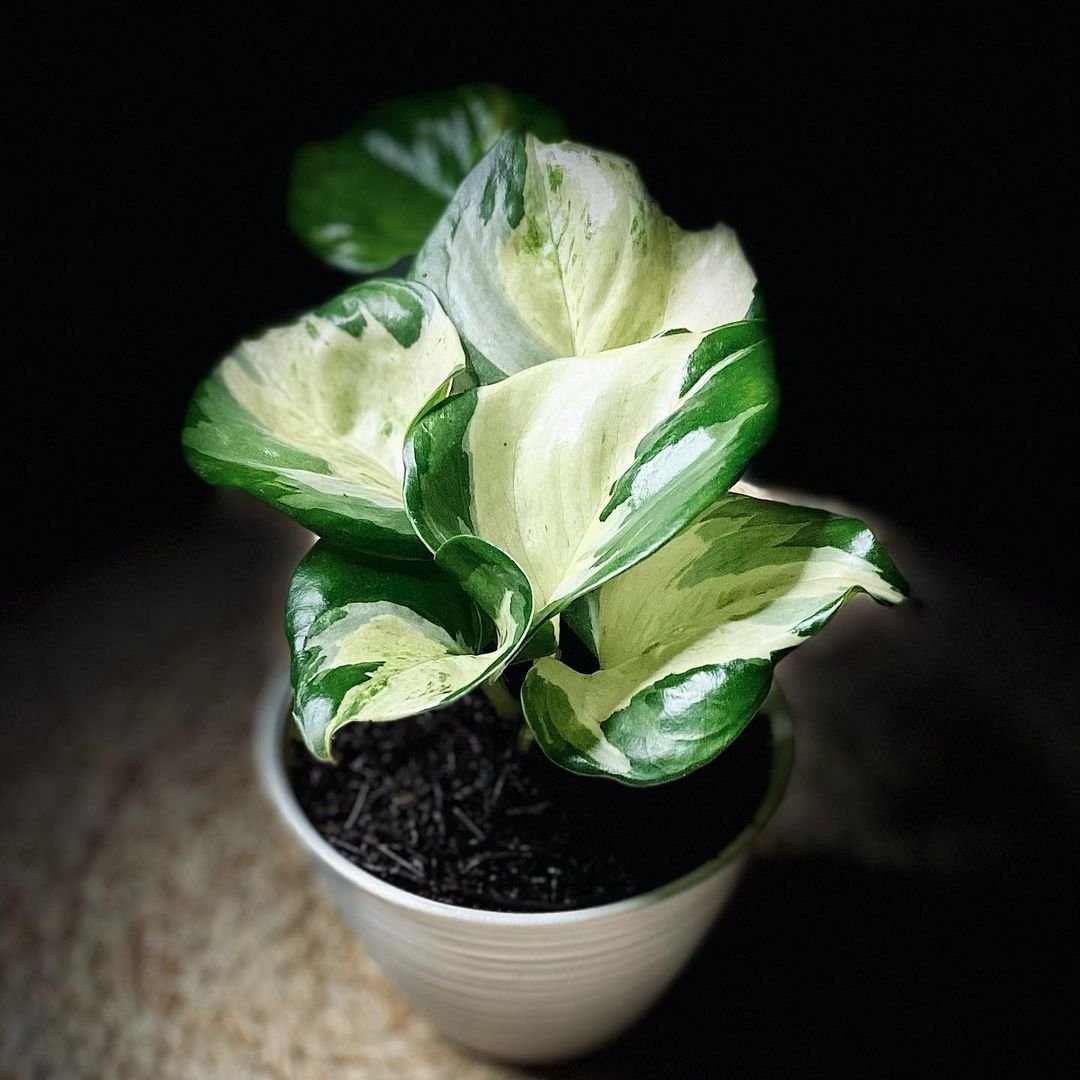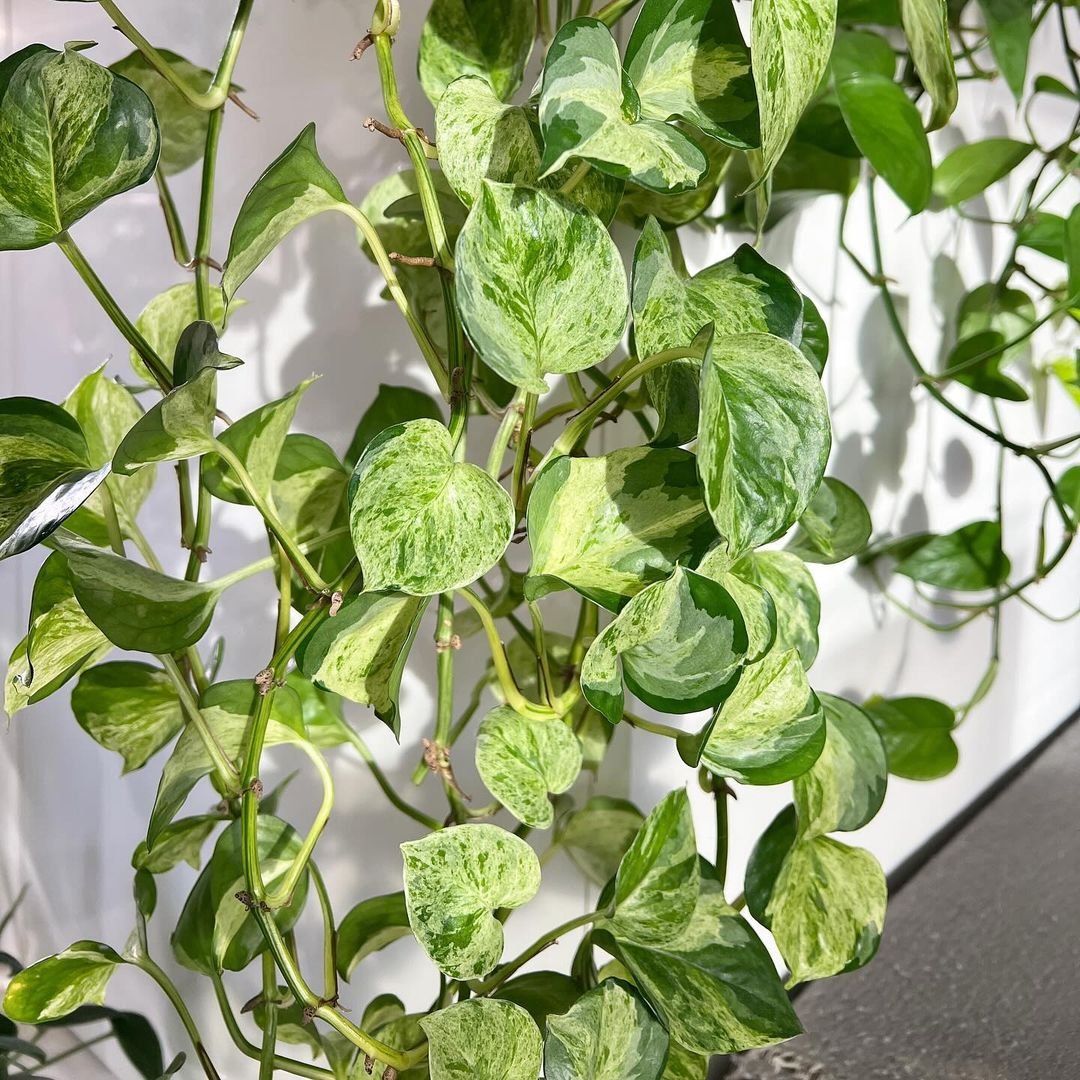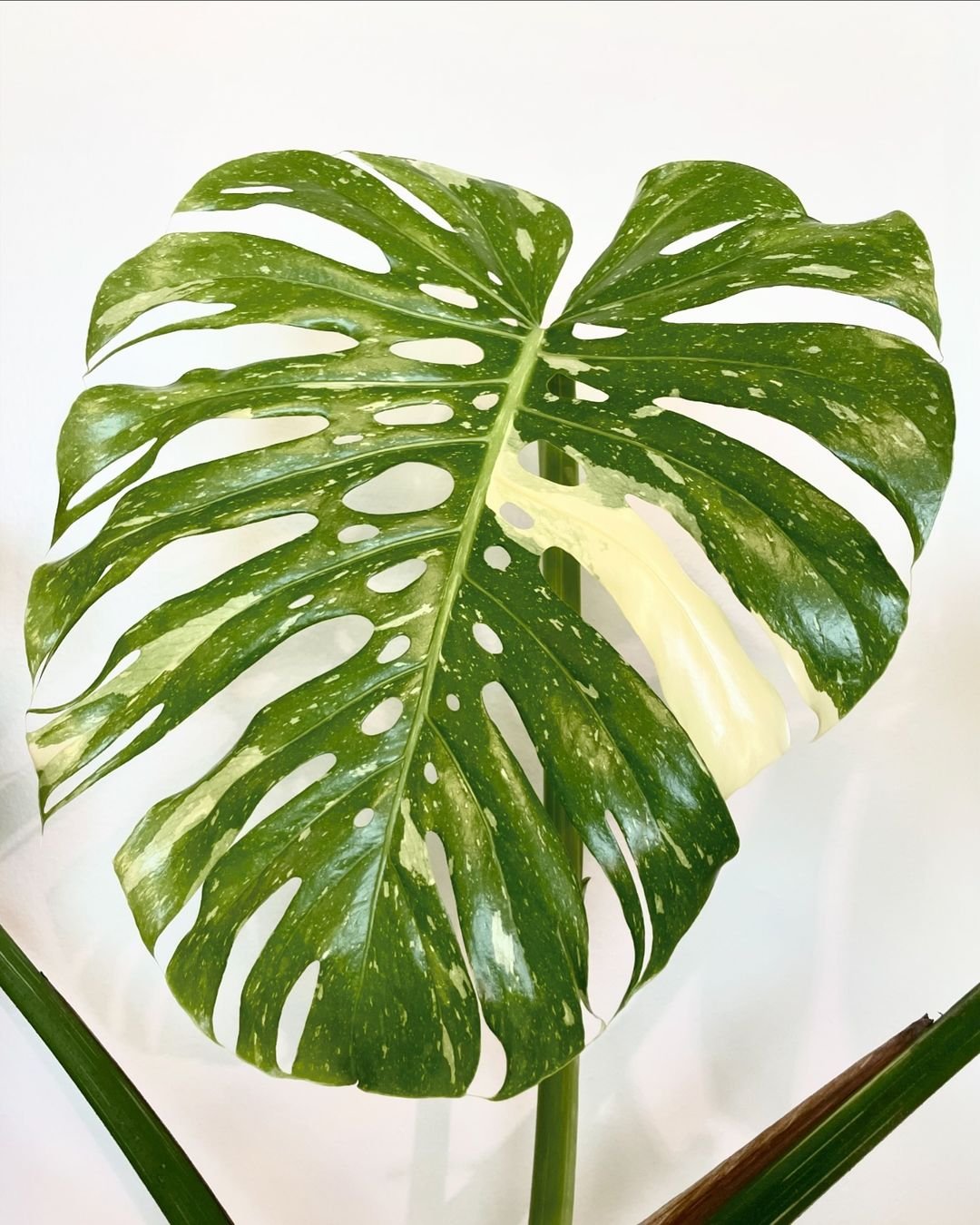Discover the strange and beautiful Manjula Pothos, an unusual flowering plant with quirky leaves. Get a complete guide on how to care for and grow this unique indoor plant.
Have you ever come across a plant that made you do a double take? The Manjula Pothos is one such oddity in the world of houseplants. With its eye-catching variegated leaves and vining habit, this plant is sure to be a conversation starter in any home.
What is a Manjula Pothos?

The Manjula Pothos, scientifically known as Epipremnum aureum ‘Manjula’, is a cultivated variety of the golden pothos. It belongs to the Araceae family, which also includes philodendrons and anthuriums.
This plant is prized for its unusual foliage. The heart-shaped leaves have splotches of yellow, cream, and green hues. The patterns on each leaf are unique, making every plant one-of-a-kind. As the plant matures, the leaves can develop pink, red, or even white tones, adding to its eccentric charm.
Despite its exotic appearance, the Manjula Pothos is relatively easy to care for, making it an excellent choice for both novice and experienced plant enthusiasts.
How to Care for a Manjula Pothos
Light Requirements

The Manjula Pothos prefers bright, indirect light. Direct sunlight can cause the leaves to scorch, so it’s best to place the plant near an east or west-facing window. If the leaves start to lose their vibrant variegation, it’s a sign that the plant needs more light.
Watering Needs

Like most pothos varieties, the Manjula Pothos is tolerant of drought conditions. However, it’s essential to strike a balance between too much and too little water. The soil should be allowed to dry out slightly between waterings. Overwatering can lead to root rot, while underwatering can cause the leaves to wilt and turn brown.
A good rule of thumb is to water the plant when the top inch of soil is dry. During the winter months, when growth slows down, you can water less frequently.
Humidity and Temperature

The Manjula Pothos thrives in average household humidity levels, making it a great choice for most indoor environments. However, if the air is exceptionally dry, you may need to increase humidity levels to prevent the leaf tips from browning.
Regarding temperature, this plant prefers a range of 65°F to 85°F (18°C to 29°C). Avoid placing it near drafty windows or doors, as sudden temperature changes can stress the plant.
Soil and Fertilizer

The Manjula Pothos does best in a well-draining potting mix designed for houseplants. A mixture of peat moss, perlite, and pine bark is an excellent option. Avoid using heavy, moisture-retaining soils, as they can lead to root rot.
During the growing season (spring and summer), you can fertilize the plant every four to six weeks with a balanced, water-soluble fertilizer diluted to half strength. In the winter, you can reduce or stop fertilizing altogether.
Pruning and Propagation

Regular pruning is necessary to maintain the Manjula Pothos’ bushy, compact shape. Simply snip off any leggy or discolored stems using clean, sharp scissors or pruning shears.
Propagating the Manjula Pothos is a breeze. You can root stem cuttings in water or directly in a well-draining potting mix. This is an excellent way to create new plants or share with friends and family.
Common Problems and Solutions

Like any houseplant, the Manjula Pothos can encounter a few issues. Here are some common problems and their solutions:
Yellow or Brown Leaves Causes: Overwatering, low humidity, or too much direct sunlight. Solution: Adjust watering schedule, increase humidity levels, and move the plant to a location with bright, indirect light.
Leggy Growth Cause: Insufficient light. Solution: Relocate the plant to a brighter location or supplement with grow lights.
Pests Common pests: Spider mites, mealybugs, and aphids. Solution: Isolate the affected plant, and treat with an insecticidal soap or neem oil solution.
Root Rot Cause: Overwatering or poorly draining soil. Solution: Remove the plant from the pot, trim off any mushy or discolored roots, and repot in fresh, well-draining soil.
With its quirky foliage and easy-going nature, the Manjula Pothos is an excellent addition to any plant collection. Whether you’re a seasoned green thumb or just starting your houseplant journey, this unique plant is sure to capture your heart and liven up any space.
Pingback: How to Grow & Care for Scindapsus Treubii Moonlight
Pingback: Homemade Liquid Fertilizer for Vibrant Pothos Plants -
Pingback: Dealing with Tomato Hornworms: A Guide for Gardeners
Pingback: 15 Best Aesthetic Plants for Your Home and Garden
Pingback: Growing San Pedro Cactus : A Comprehensive Guide
Pingback: Pearls and Jade Pothos : Comprehensive Care and Growing Tips